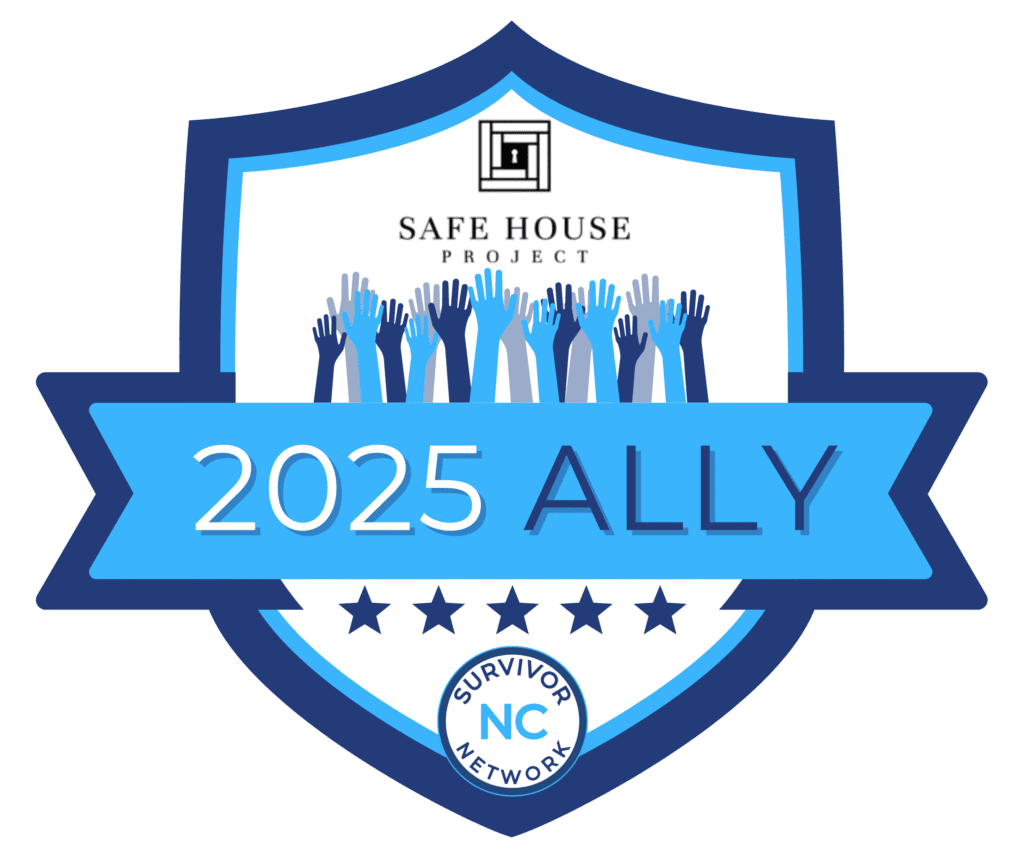What is Human Trafficking?
Understanding Human Trafficking
Human trafficking is a global crisis affecting millions. It involves the use of force, fraud, or coercion to exploit individuals for labor, sex, or other forms of servitude. Despite common misconceptions, trafficking happens everywhere—including in communities just like yours. By learning the signs and facts, you can help prevent trafficking and protect vulnerable individuals.
Human Trafficking Signs
What to Look For
Many trafficking victims go unnoticed because the signs are misunderstood. If you notice any of the following, trust your instincts and report concerns:
Human Trafficking Statistics & Facts
Human trafficking generates $150 billion globally each year, exploiting millions for sex, labor, and other forms of servitude
Myths vs. Facts
About Trafficking
Myth: Human trafficking only happens in foreign countries.
Fact: Trafficking occurs in every U.S. state and affects people of all backgrounds.
Myth: Traffickers always kidnap their victims.
Fact: Most victims are trafficked by someone they know, including family members, partners, or employers.
Myth: Only women and children are trafficked.
Fact: Trafficking affects people of all ages, genders, and socioeconomic backgrounds.
Myth: Trafficking doesn’t happen in every community.
Fact: Sadly, it does. Trafficking occurs in every community across America—regardless of zip code, income level, or population size. It hides in plain sight, often overlooked due to misunderstanding and stigma.
How to Prevent Human Trafficking
Stay Informed
Learn the signs and share accurate information to raise awareness in your community.
Report Suspicious Behavior
Use Simply Report to safely share concerns—your tip might help someone find freedom.
Support Anti-Trafficking Initiatives
Support organizations that work directly with survivors and provide long-term care and legal protection.



